Before smartphones, pokebells (pagers) were a very popular means of communication. Because only numbers could be sent, people invented clever codes to express feelings, for example 084 meaning “ohayo” (good morning). This unique style of communication is still remembered fondly by those who experienced it and is still discussed today. In this article, we will look closely at how pokebells were used, the culture that developed around them, and real stories from the pokebell generation. Let's rediscover the charm of this retro device.
*If you purchase or reserve a product introduced in this article, a portion of the sales may be returned to FUN JAPAN.
What is a Pokebell?
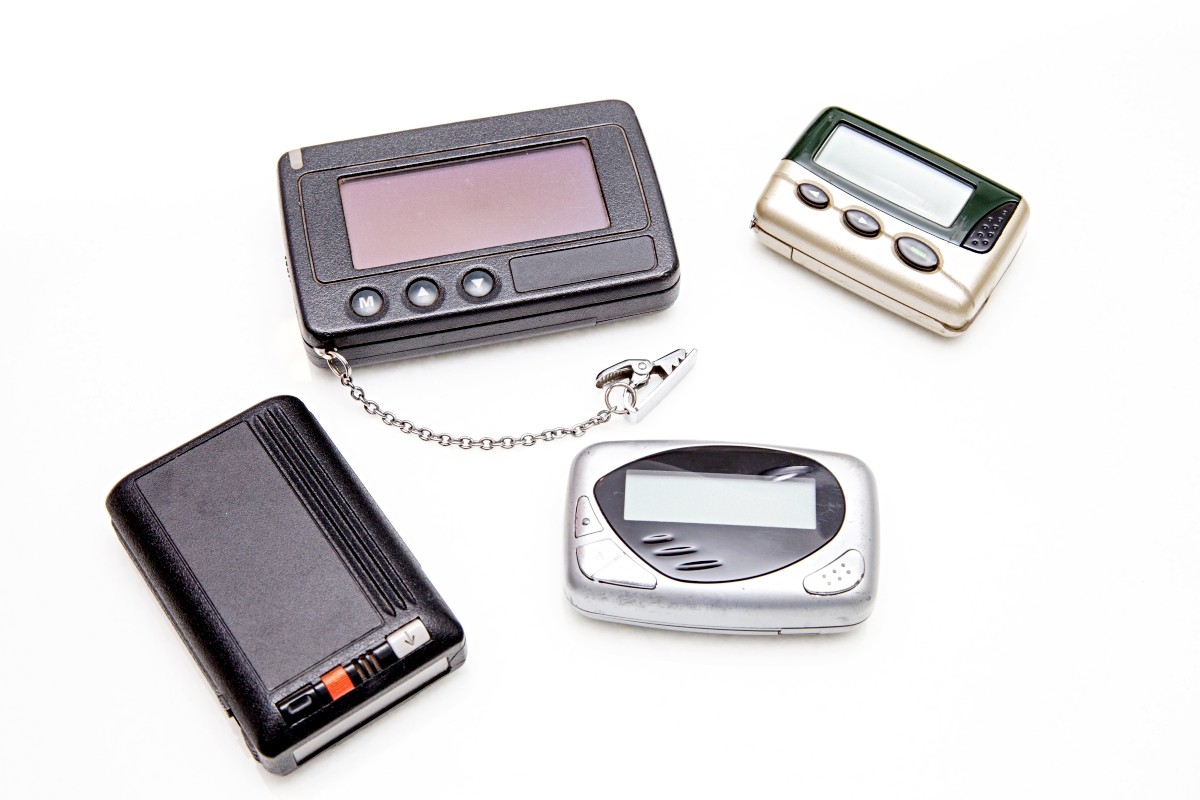
Pokebells were first created in the United States, where they were called “pocket bells” in Japanese and “pagers” in English.
They worked by sending numeric signals over telephone lines, which would then be received as a notification on a small device. The sender entered a number from a public phone or another telephone, and the recipient checked the digits on the pokebell screen. Because the first models could send only numbers, users created playful numeric codes to convey meaning. This simplicity mixed with creativity was one of the main reasons pokebells became beloved.
From Invention to Social Phenomenon, and Why Pokebell Culture Spread
Next, we will introduce the factors that led to the spread of pokebells to Japan and the social background of the time.
Birth and Arrival in Japan

Pokebells were invented in the United States in the 1950s and were first used for emergency communication in the medical and business fields. They arrived in Japan in the 1970s, but only became popular with the public in the 1990s.
A unique aspect was the special culture that grew in Japan. Young people such as high school girls used creative numeric wordplay to send messages freely, and the phrase “pokebell generation” was born. The close link between pokebells and young people was rare in the world, making Japan’s pokebell boom a distinctive cultural event.
Reasons for the Popularity of Pokebell Culture
One reason young people loved them was the ability to communicate discreetly. Messages that felt awkward to speak out loud could be sent with numeric codes, and this made the system feel convenient and appealing.
At the time, public telephones were available everywhere, making it easy to send a message at any time. Together with the fun of decoding the numbers, pokebells changed from a tool into a symbol of youth culture.
What is the Pokebell Generation?
The term pokebell generation refers to people in their teens to early twenties in the 1990s, who are now mostly in their forties to fifties. In a time with no smartphones or social media, young people put their feelings into numbers and enjoyed communication within those limits.
A special skill of the pokebell generation was making and reading puns and codes. In the present day, when we can send unlimited text instantly, the challenge of expressing meaning with numbers alone feels nostalgic.
Pokebell Codes and Their Meanings

The pokebell generation expressed ideas such as “I love you” or “good night” only through numbers. Here are examples of well known pokebell codes and their meanings.
How Pokebell Codes Worked
Pokebell codes used puns, phonetic readings, and number substitutions to create meaning. For example, 084 as “Ohayo” (Good morning) and 14106 as "Aishiteru” (I love you). Later models allowed some direct text input with special operations such as “*2*2.” These changes helped pokebells grow into cultural icons.
Example Pokebell Code List
This is an example of a pokebell code that was actually used. It is full of ingenuity to convey emotions and messages only with numbers.
Numbers | Message |
0840 | Ohayo (Good morning) |
| 4649 | Yoroshiku (Best regards) |
| 39 | Thank you |
| 14106 | Aishiteru (I love you) |
| 0833 | Oyasumi (Good night) |
| 8181 | Bye bye |
| 724106 | Nani shiteru (What are you doing) |
| 49106841 | Shikyū TEL hoshii (Call me as soon as possible) |
| 104510 | Ima shigoto (I am at work now) |
These were used in messages between friends or couples, as secret signals that only those who knew the code could understand.
Real Stories from the Pokebell Generation
From here, we will share memories from five FUN! JAPAN staff members who actually used a pokebell in real time back then. If you are part of the pokebell generation, take a moment to think back to your younger self in those days.
Y san
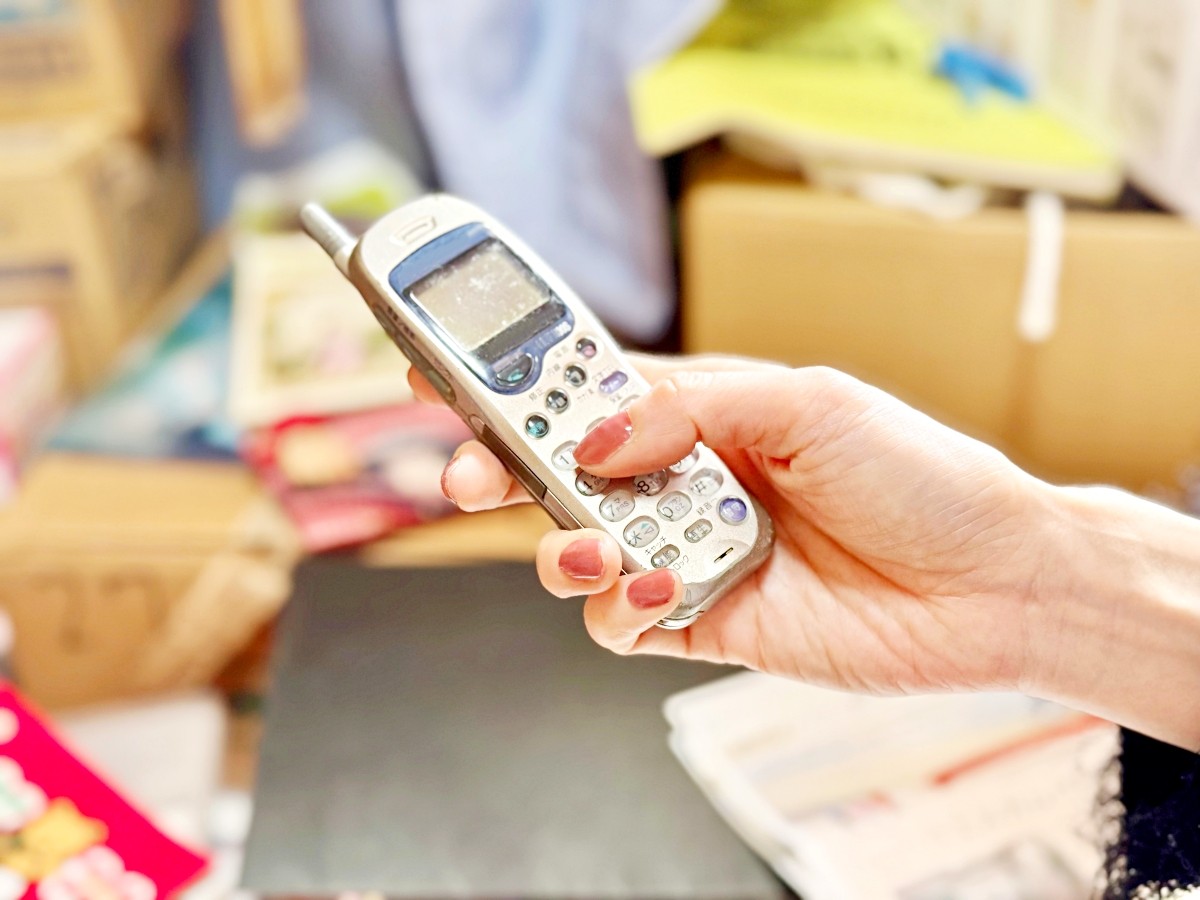
After entering university at age 19, I got my first pokebell. It was the standard gray model that most people used, and I often used numeric codes like “084” for ohayō (good morning) and “361” for samui (cold). Back then, public telephones were everywhere in the city, and I remember lining up to use them often. I was good at pressing buttons quickly, and maybe that skill is still useful today when using a numeric keypad or calculator. Soon after, PHS came out and allowed emoji, so I switched right away.
H san

After a drinking party, I once typed and sent “114106” (aishiteru – I love you), and the next time we met or spoke on the phone, I said something like, “Sorry, sorry, I meant to say thanks, but my hands acted on their own… maybe my true feelings slipped out. Don’t worry about it,” and we laughed. If you shifted one number in a code, the message would become completely unreadable, but I was good at solving these puzzles and often figured out the right sentence. I think I was kind of a hero for that.
Before pokebell, it was an even more inconvenient time when we would leave messages on a station blackboard. Nowadays, people can reach you anywhere, which is in some ways too convenient. Maybe pokebell was that perfect middle ground..
T san

When I was in the fifth or sixth grade of elementary school, only a few kids around me had a pokebell. They were the children of landowners, kids who lived in big houses, or those who seemed to have some “tough” connections… they were special, and I remember everyone looking at them with envy.
Around the same time, the rich and smart kids also carried walkie-talkies or Morse code devices. Looking back, I realize it was an era of incredible technological change.
O san
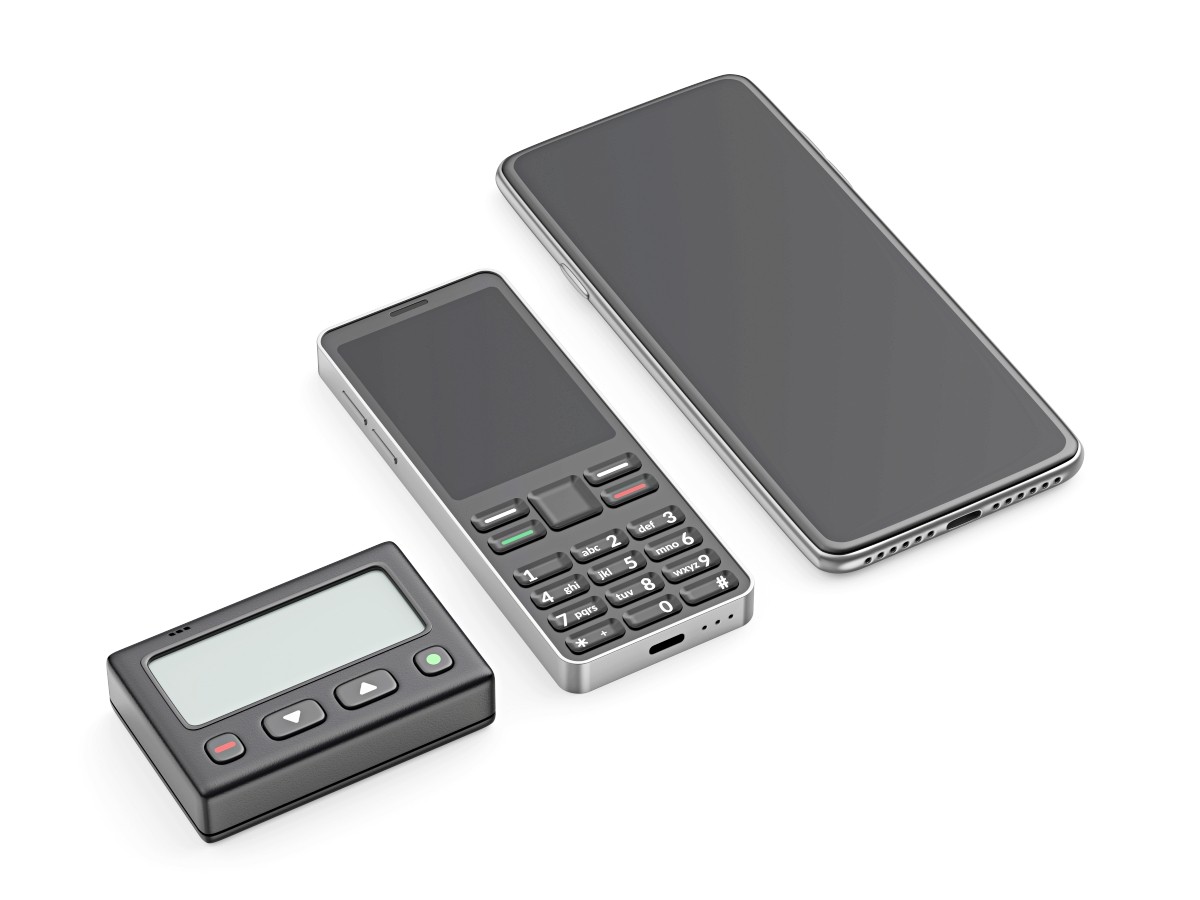
When I was in my first or second year of high school (around 1997–1998), it was the peak of the pokebell era. There was even a subtle competition about “how fast you could type.” Using the public phone at the station and going “tatatatata” was like a status symbol (I was pretty fast myself). Those who got used to this method probably adapted quickly to flick input on smartphones.
Also, “mail friends” (meru-tomo) were popular back then. You would randomly enter pokebell numbers, send a message, and if you got a reply and started exchanging messages, that person became your “mail friend.” I once heard from a female friend that her male mail friend was being annoying, so as a joke I pretended to be him and messaged her… she got really angry at me.
T san
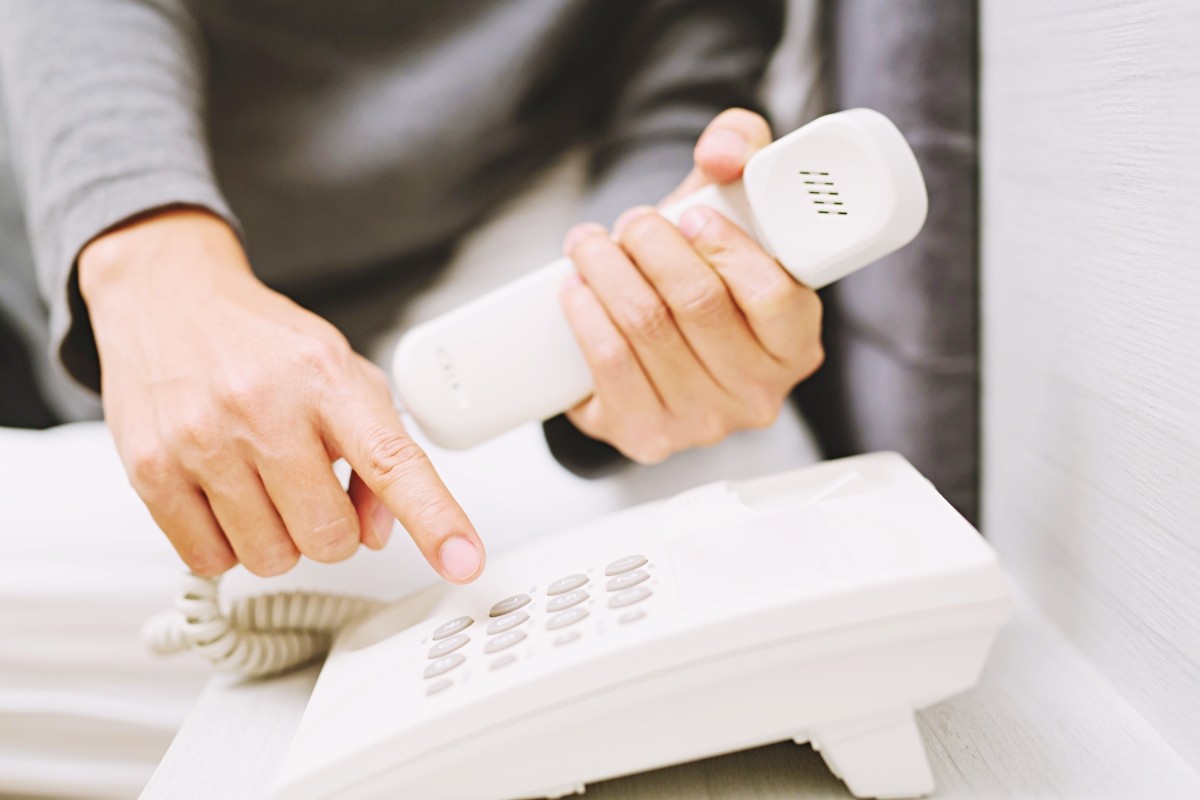
Since messages were sent from your home phone, thinking about it now, calling might have been faster. But because it might be late at night or awkward if your friend’s parents answered, being able to send a quick message was a big advantage. The limited number of characters made it convenient for arranging meeting places and times.
The Reiwa-era revival of pokebell
With the spread of PHS, pokebell gradually disappeared. However, with today’s revival boom, it is being rediscovered as a retro gadget.
About Sega’s “emojam”
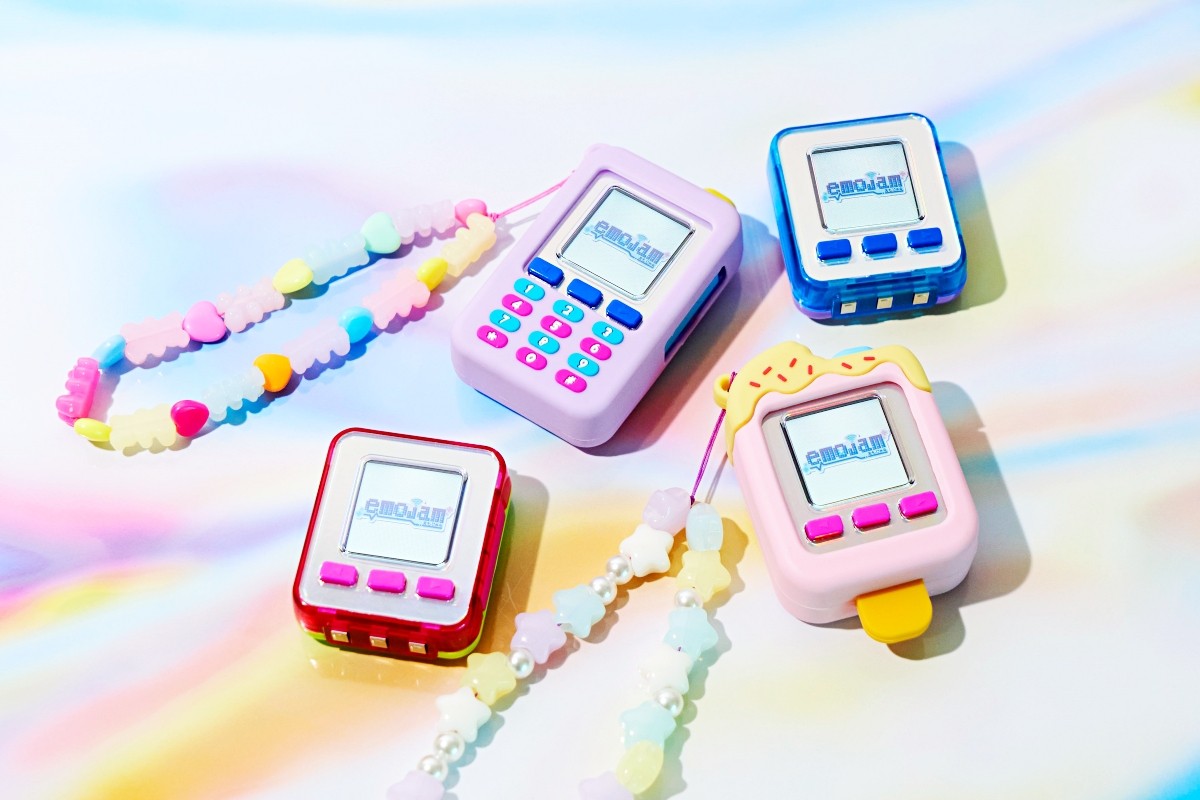
Gaining attention as a modern-day pokebell, Sega’s “emojam” is a small retro-style device that can send numbers, icons, and stamp-like messages.
It connects to a smartphone via Bluetooth, letting you enjoy it like a chat. It is new yet somehow nostalgic, making it a gadget truly worthy of being called the “Reiwa-era pokebell.”
For those who remember it, pokebell culture is nostalgic. For those who do not, it feels fresh. Why not take this chance to experience its charm?
- Official Website: Click here
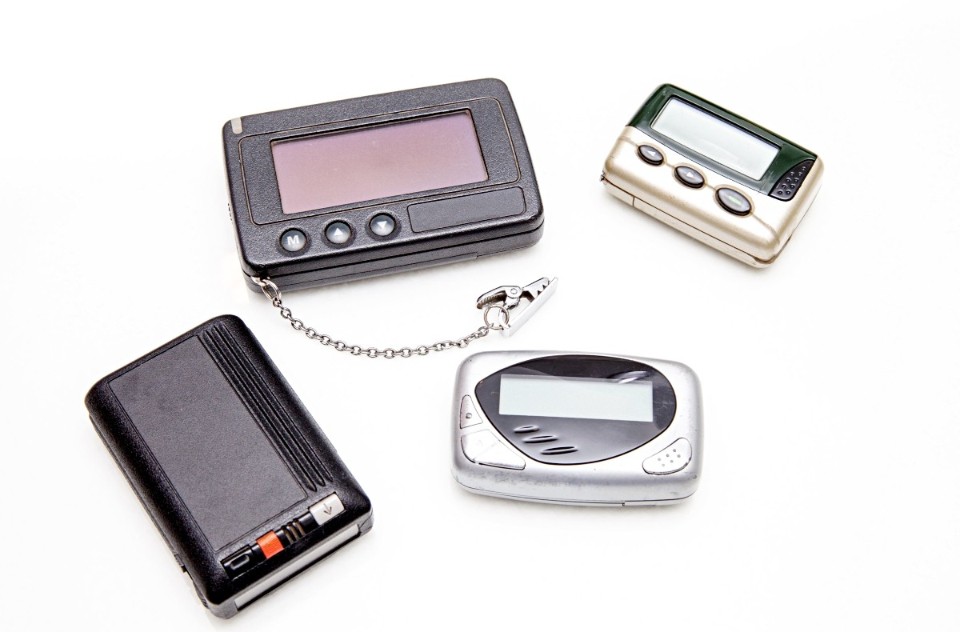

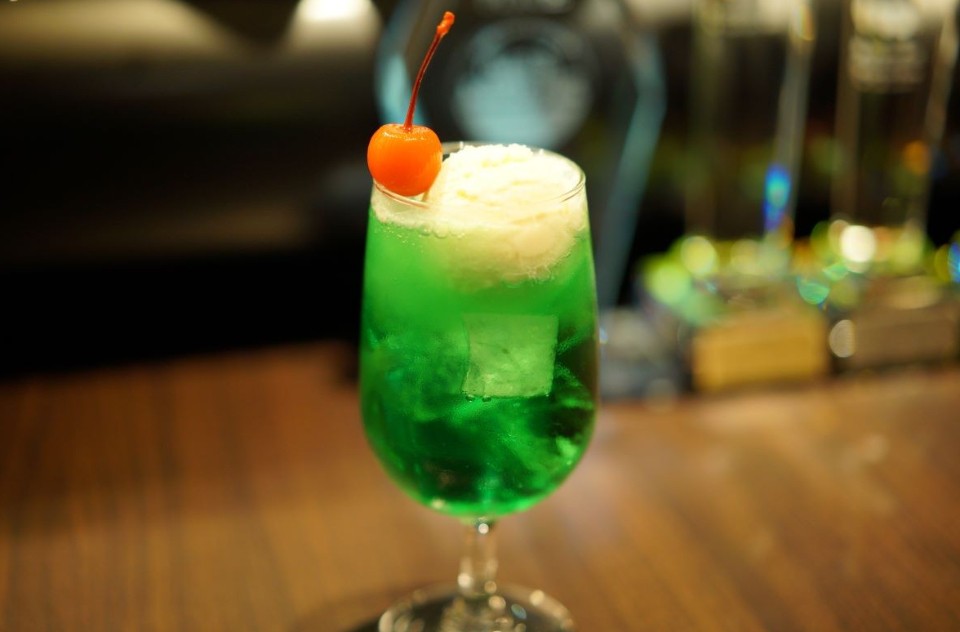

Comments